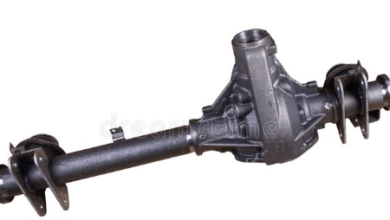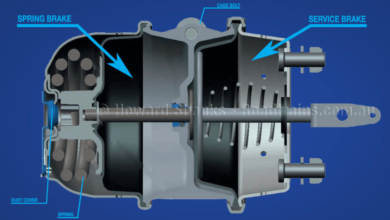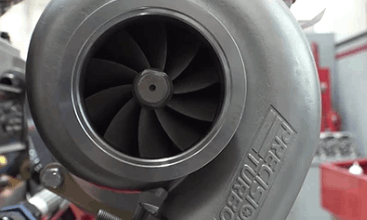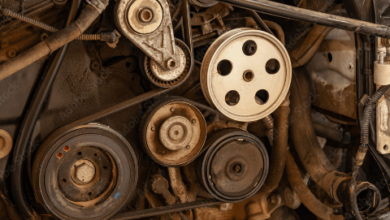Torsion Bar Suspension – What is It? What are the Advantages?
Suspension systems in vehicles are very important. They provide the required amount of comfort to the driver and other passengers inside the car. There are different variations of torsion bar suspension systems in the market. One of these variations is the torsion bar suspension applications. Here you can find detailed information about the torsion bar suspension systems. Check here to learn about them.
What is Torsion Bar Suspension?
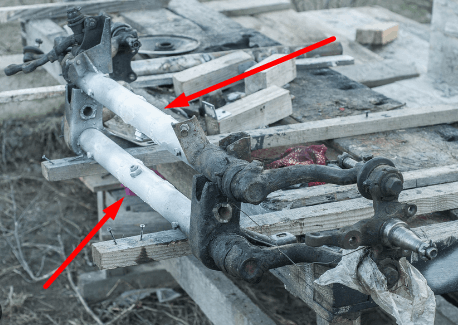
Torsion bar suspension is a very simple and very different type of suspension that is used in different cars and applications. We know that the use of springs is very common in suspension systems. And these springs absorb the shocks coming from the road and tires. And this provides additional comfort inside the vehicle.
In torsion bar suspension systems, no spring system absorbs the shocks. The shock-absorbing system is a torsion bar system. To understand its working principle, you need to understand the torsion on bars.
Torsion is the twisting force that twists mechanical elements such as rods. The twisting action generally takes place with the application of torque to the rod. So in the torsion bar suspension systems, the force that comes from the tires is transferred as torque and twisting force to the torsion bar suspension system.
One end of the bar is attached to the chassis of the automobile. And the other end is connected to another rod on a perpendicular basis. And the end of the second rod receives the forces coming from the tires and rotates. This rotation provides the torque that twists the torsion bar along its axis. So the dampening takes place like this.
Important Parameters Affect the Torsion Suspension Stiffness
In spring systems, we can adjust the stiffness of the suspension easily by increasing or decreasing the spring stiffness by adjusting the length of the spring. So, there are different kinds of parameters that we need to consider that affect the stiffness in these suspension systems;
- Length: With the increasing length of the suspension bar, the stiffness of the torsion suspension system decreases.
- Cross-section: With the increasing cross-section, the stiffness increases. And the dampening smoothness decreases.
- Shape: In general these bars are made from circular shapes. But, the shape has a profound effect on the stiffness and smoothness.
- Material: Also the stiffness factor of the material has a very important effect on the suspension stiffness. With the increasing stiffness coefficient of the material, the stiffness of the suspension system increases.
Advantages
There are different kinds of advantages that torsion suspension applications provide to users.
- Smoothness: In contrary to the expectations of other people, the smoothness that the torsion suspension applications provide is generally much better. They provide a very good application for smooth systems.
- Space: In general, the torsion bar suspension applications take much less space than the other conventional suspension applications.
- Maintenance: In terms of maintenance, it is much easier to deal with these applications. Because of this, the maintenance costs are much lower than the usual applications.
- Vehicle height: It is very easy to adjust the vehicle height with this suspension application.
Disadvantages
Also, there are important disadvantages that we need to consider about the torsion bar suspension systems. If we make these considerations well, it will be very easy for us to decide on the best suspension system.
- Stiffness adjustment: It is impossible to adjust the stiffness and smoothness of the suspension system of your car. As we stated at the parameters that affect the stiffness, you can not change these parameters instantly. You need to change the torsion bar directly if you want to change the stiffness of the application.
With the proper consideration of these applications, they used these systems in different vehicles throughout history.
History and Usage
There are various kinds of examples that we can give from history and today that the vehicle systems use the torsion bar suspension systems.
In 1934i Citroen Traction Avant was used commercially for this design. And this application proves that this is a very good and very commercial smooth application that can be applied to commercial vehicles.
Also in the mids of the 1900s, the use of this suspension system become more and more common such as in the Renault and Volkswagen cars.
And also we can give an example of the early use of the torsion bar suspension in the Hudson Motor Car Company. They used these applications in the 1930s.
Dodge Coronet, Plymouth Belvedere, Dodge Dakota, Volkswagen Type 3, Cadillac Eldorado, Chrysler Windsor, DeSoto Firedome, and Dodge Aspen are the other important examples that used this suspension type.
So, as you understand that the use of this suspension type is very common in different kinds of applications.
There are also different kinds of variations designed for industrial and military purposes. They are also very important systems that we can consider.
Do Torsion Bars Affect Ride Quality?
The ride quality of these systems generally depends on the height of the vehicle. To improve the ride quality, you need to lower the car suspension system. If you increase the height, it will affect the ride quality in a very bad way.
Is Torsion Bar Suspension Still Used?
The use of these suspension applications is not generally common in passenger vehicles in general. But they are common in heavy vehicles which must carry very high loads.
Do F1 Cars Use Torsion Bars?
Also, torsion bar applications are very common in F1 cars. Because they bring the required amount of smoothness and riding quality with minimum material.
Conclusion on Torsion Bar Suspension Systems
These are the general things that we can state about this suspension system. Probably, most of you do not know about this kind of system. But because of the smoothness and comfort that it brings, the use of it is very common.
What do you think about this system? Leave your thoughts below!
Check the other informative articles about automotive parts and systems;
Crankshaft Pulley – Problems, Solutions and Explanation
Timing Belt Tensioner – Use, Types and Troubleshoot
Serpentine Belt vs. Timing Belt – Repair, Symptoms
Honda Accord Tire Pressure – Maintenance and Additional Tips
